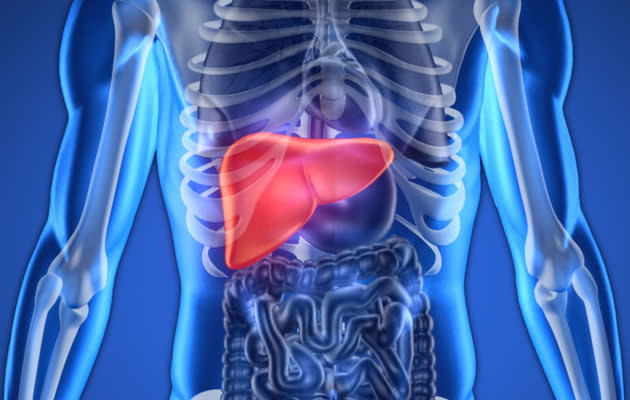 Fit to Post Health
Fit to Post HealthInflamed fatty liver: Non-drinkers also at risk

Most people with fatty liver have no or minimal symptoms. Fat build-up in the liver is thought to be common, and is associated with certain metabolic disorders such as diabetes. In some cases, it can cause liver inflammation. The condition is known as non-alcoholic steatohepatitis (NASH) as the liver inflammation is not related to alcohol intake.
When NASH becomes severe, resulting in scarring of the liver, it can lead to cirrhosis – a potentially life-threatening liver condition that could progress to liver failure and is associated with internal bleeding and coma.
Doctors are uncertain why a fatty liver may progress to NASH in people who drink little or no alcohol. However, they suspect that something in the environment could trigger the inflammation, or there may be a genetic predisposition.
“While the causes of NASH are still unknown, many conditions can increase your risk. These include obesity, type 2 diabetes, high cholesterol and high triglycerides, a type of fat found in the blood. Even taking certain medications, such as corticosteroids, can play a role,” says Dr Victor Lee Tswen Wen, Consultant Surgeon, Department of Hepatobiliary & Transplant Surgery, Singapore General Hospital (SGH), a member of the SingHealth group.
Related article: How to improve your cholesterol? Our dietitian gives you all the tips
Symptoms of non-alcoholic steatohepatitis
During the early stages of NASH, most people who suffer from it are unaware they have liver disease. However, as the condition progresses and liver damage worsens, the following symptoms may appear:
Fatigue and weakness
Unexplained weight loss
Pain in the upper right abdomen
Ways to diagnose non-alcoholic steatohepatitis
To check for fat build-up in your liver, your doctor may suggest you undergo:
Blood tests to determine if there is any liver damage.
Imaging tests such as ultrasound, CT (computerised tomography) scan and MRI (magnetic resonance imaging) to diagnose fatty liver disease.
Liver biopsy, or taking of a tissue sample from the liver to check for inflammation and scarring. A liver biopsy is done by inserting a long needle through the skin and into the liver to remove liver cells.
Related article: 8 doctor-approved tips for a healthy liver
Prevention tips for non-alcoholic steatohepatitis
Although there is no treatment for NASH, you can lower your risk of developing a fatty liver or reduce its potential complications by managing the associated risk factors:
Reduce your total cholesterol level.
Maintain a healthy weight. If you need to lose weight, be sure to do it gradually – not more than 1.6 kg a week.
Keep your diabetes under control.
Exercise regularly. Aim to exercise, e.g. walking or some other form of aerobic exercise, 150 minutes per week, or at least 30 minutes per day, most days of the week.
“Preliminary study results have also shown that patients with NASH should avoid food and soft drinks containing high-fructose corn syrup,” says Dr Lee.
A recent Duke-NUS study showed that in mice which are fed a high-fat diet, caffeine markedly reduces fatty liver. Caffeine plays a role in reducing the fat content in the liver, and could potentially have important implications in humans since it is widely consumed and easily available.
Related article: Are you a woman who loves her caffeine? This is a must-read!
Get more health tips at HealthXchange.com.sg and sign up for our FREE e-newsletter.
By Alvin Chumari for HealthXchange.com.sg.
Health Xchange's articles are meant for informational purposes only and cannot replace professional surgical, medical or health advice, examination, diagnosis, or treatment.

